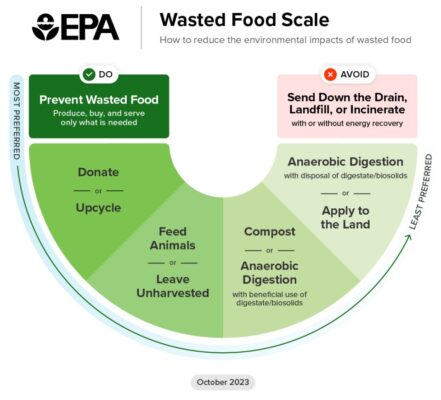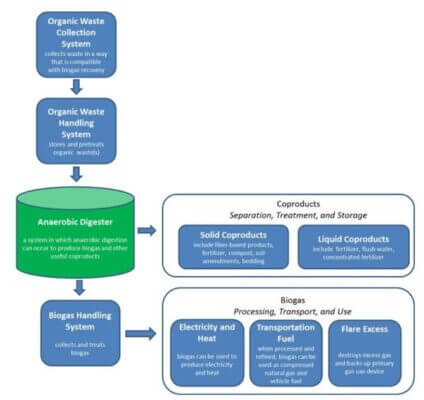Why Is Wasted Food a Problem?
The U.S. Department of Agriculture reports that Americans waste 30-40% of their food. In 2018 alone, Americans generated nearly 63 million tons of food waste, yet only 4.1% of it was composted instead of ending up in landfills or incinerators. This waste represents a significant misallocation of resources.
When people waste food, they also waste agricultural resources. For instance, nearly a quarter of our water supply goes toward producing uneaten food, equating to about $172 billion in wasted water annually. Add the time, energy, fossil fuels, chemicals, and other resources used to grow and produce food, and the true scale of the impact of food waste becomes staggering.
Additionally, almost 40% of food in America goes uneaten, while 1 in 8 Americans faces food insecurity. We could instead use surplus food to feed people or animals in need. In 2021, the U.S. Department of Agriculture reported that 10.2% of households struggled to provide enough food for all their members due to limited resources.
The EPA’s Wasted Food Scale
The EPA’s Wasted Food Scale prioritizes actions to prevent and divert wasted food from disposal. This scale highlights the most beneficial pathways for managing wasted food. At the top, the scale ranks preventing waste, donating food, and upcycling food as the most environmentally and economically beneficial options.
By contrast, the least preferred pathways—landfilling, incineration, and sending food down the drain—have the largest environmental impacts and limited potential for circularity. Reducing waste through higher-priority pathways not only protects the environment but also supports a circular economy.

How Wasted Food Affects the Climate
Wasted food doesn’t just misuse resources; it also significantly impacts the climate. Globally, food waste accounts for about 8% of total greenhouse gas emissions. When food waste decomposes in landfills, it releases methane, a greenhouse gas 84 times more potent than carbon dioxide. Reducing food waste directly addresses this climate challenge by limiting methane emissions.
What Is Anaerobic Digestion?
Anaerobic Digestion (AD) is a process where bacteria break down organic matter, such as food or animal waste, in the absence of oxygen. This process typically occurs in a container called a digester. AD produces fertilizer for farming and biogas, which can generate electricity, heat, renewable natural gas, or transportation fuels.
Some organic materials break down more easily than others and produce more biogas. For example, Barstow’s Dairy and Bakery at Longview Farm in Hadley, Massachusetts, processes cow manure through an anaerobic digester to generate electricity. Their cows produce about 100 pounds of manure per day, which the digester converts into renewable energy.

Supporting Farms Through MFEP
The Massachusetts Farm Energy Program (MFEP), a collaboration between the CET (formerly The Center for EcoTechnology) and the Massachusetts Department of Agricultural Resources, helps farms reduce energy use and produce renewable energy.
MFEP provides hands-on support to bring energy projects from concept to completion.
If you’re a farm in Massachusetts interested in energy projects, fill out the MFEP request form for more information.
Learn More About Anaerobic Digestion
Anaerobic Digestion offers an innovative way to divert waste from landfills while generating renewable energy. For a closer look at how this technology works in Massachusetts, watch CET’s feature in the PBS NewsHour episode, “How these Massachusetts farmers are turning manure and food waste into power.”
Explore more resources on anaerobic digestion and its applications below:

